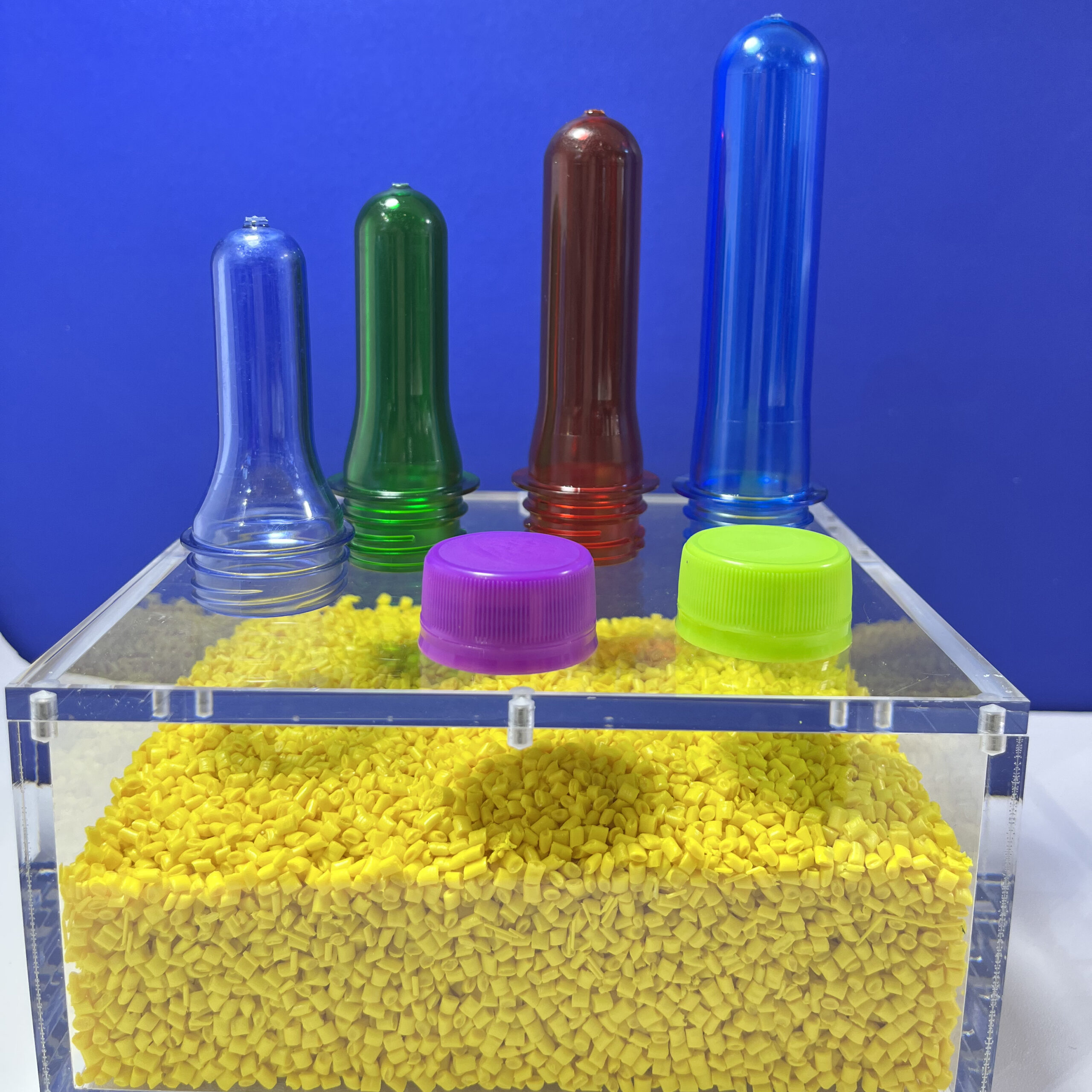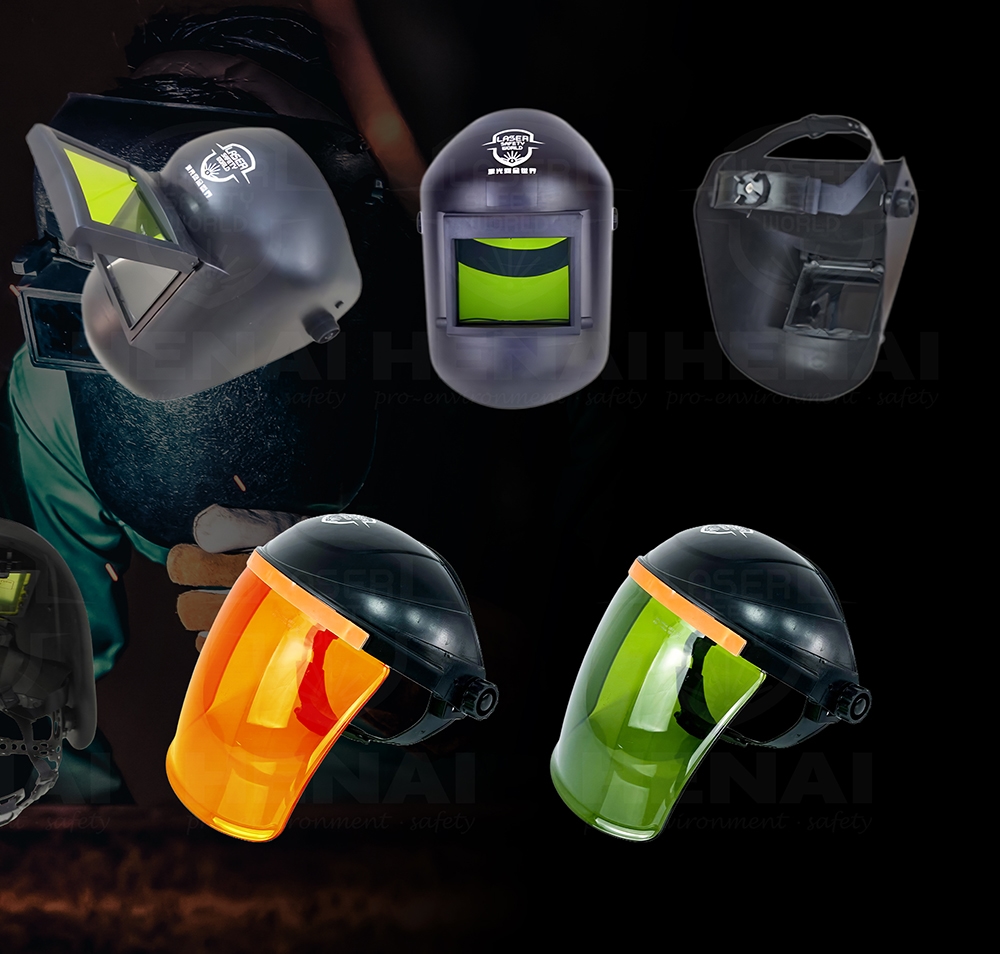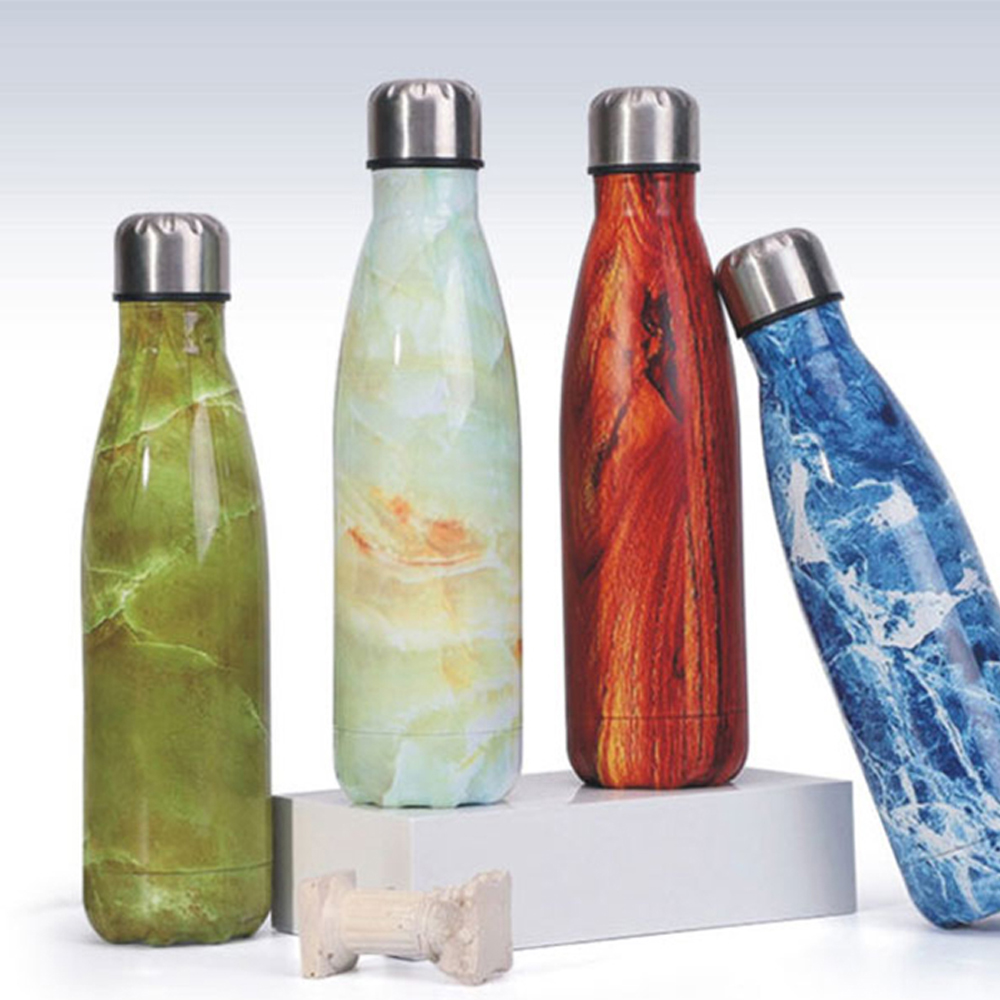
Apa itu Masterbatch dan Aplikasinya?
Masterbatch adalah bahan tambahan padat atau cair untuk plastik yang digunakan untuk mewarnai plastik (masterbatch warna) atau memberikan sifat lain pada plastik (masterbatch aditif).
Masterbatch IR adalah formulasi terkonsentrasi aditif aktif IR—seringkali berupa pewarna organik, partikel anorganik, atau pigmen khusus—yang terdispersi dalam pembawa polimer. Ketika dicampur dengan resin dasar, ia mengubah cara plastik berinteraksi dengan radiasi inframerah.
Tergantung pada jenis aditif yang digunakan, bahan yang dihasilkan dapat:
Menyerap cahaya inframerah (retensi panas atau perlindungan laser)
Memantulkan cahaya inframerah (pengurangan panas)
Mentransmisikan panjang gelombang inframerah (kompatibilitas sensor, jendela optik)
Kemampuan ini memungkinkan masterbatch IR untuk mendukung aplikasi plastik yang hemat energi, aman, dan berteknologi maju.
Fungsi masterbatch IR didasarkan pada bagaimana aditif yang tertanam di dalamnya berinteraksi dengan berbagai panjang gelombang radiasi inframerah. Cahaya inframerah dapat dibagi menjadi:
Inframerah Dekat (NIR): 700–2500 nm
Inframerah Menengah (MIR): 2500–25.000 nm
Inframerah Jauh (FIR): > 25.000 nm
Aditif IR yang berbeda direkayasa untuk memengaruhi panjang gelombang ini dengan cara tertentu:
Masterbatch penyerap IR mengandung pigmen atau senyawa yang menangkap radiasi IR dan mengubahnya menjadi panas.
Hal ini dicapai melalui:
Transisi elektronik dalam pewarna organik
Getaran kisi dalam partikel anorganik
Puncak penyerapan selektif disetel ke IR gelombang panjang
Mekanisme kerja:
IR gelombang pendek dari sinar matahari melewati plastik.
Aditif IR menyerap IR gelombang panjang yang dipancarkan dari tanah, permukaan, atau benda.
IR yang diserap dipancarkan kembali pada tingkat yang lebih lambat, sehingga mengurangi kehilangan panas.
Prinsip inilah yang menyebabkan film rumah kaca yang mengandung penyerap IR tetap lebih hangat di malam hari.
Masterbatch pemantul IR menggunakan partikel dengan reflektansi IR tinggi, sering kali berbahan dasar keramik, oksida metalik, atau pigmen pearlescent.
Mekanisme kerja:
Aditif memiliki ketidaksesuaian indeks bias dengan matriks polimer.
Alih-alih menyerap IR, mereka menyebarkan atau memantulkannya ke luar.
Pantulan IR tidak dapat menembus permukaan plastik, sehingga mengurangi penumpukan panas.
Hal ini terutama berharga untuk interior otomotif, lapisan film bangunan, dan produk luar ruangan di mana plastik gelap menjadi sangat panas di bawah sinar matahari.
Masterbatch transparan IR (atau transparan NIR) diformulasikan menggunakan pigmen non-karbon hitam atau pewarna khusus yang tampak gelap tetapi tidak menghalangi panjang gelombang inframerah.
Mekanisme kerja:
Aditif menyerap cahaya tampak tetapi membiarkan panjang gelombang IR tersedia.
Sensor, detektor, dan sistem pemilahan NIR dapat mendeteksi plastik.
Sinyal IR (dari kendali jarak jauh, LiDAR, dsb.) melewati material dengan redaman minimal.
Hal ini penting untuk rumah elektronik, plastik hitam yang dapat dideteksi NIR, dan komponen sistem optik.
Dirancang untuk memerangkap panas atau menghalangi radiasi IR yang berbahaya.
Aplikasi:
Film rumah kaca (retensi panas)
Film jendela insulasi panas
Kacamata dan pelindung laser
Bahan kamuflase IR
Dirancang untuk menjaga permukaan tetap dingin dengan menolak radiasi IR.
Aplikasi:
Dasbor dan trim otomotif
Kaca film bangunan
Peralatan luar ruangan dan bagian plastik yang terbuka
Lingkungan industri bersuhu tinggi
Memungkinkan sinyal IR untuk lewat—penting untuk elektronik dan daur ulang.
Aplikasi:
Penerima kendali jarak jauh
Sensor gerak dan kamera pengintai
Peralatan LiDAR
Kemasan hitam dapat dideteksi dalam daur ulang otomatis
Sensor gas dan filter optik
Masterbatch IR meningkatkan efisiensi energi rumah kaca dengan mengurangi kehilangan panas di malam hari dan menstabilkan kondisi pertumbuhan.
Senyawa pemantul IR menurunkan suhu kabin dan mencegah deformasi termal pada bagian interior.
Digunakan pada jendela IR, panel sensor jarak jauh, dan sensor optik yang mana transmisi IR sangat penting.
Masterbatch penyerap IR memberikan perlindungan terhadap paparan laser dan memungkinkan pelapisan kamuflase IR.
Memainkan peran utama dalam penandaan laser dan pengelasan laser, meningkatkan presisi dan kontras proses.
Masterbatch hitam transparan IR memungkinkan penyortiran NIR otomatis pada kemasan gelap—mendukung tujuan ekonomi sirkular.
Pigmen kelas nano efisiensi tinggi untuk kontrol IR yang lebih kuat dengan dosis yang lebih rendah
Alternatif karbon hitam untuk mendukung mandat daur ulang global
Masterbatch multifungsi menggabungkan sifat IR dengan fungsi UV, anti-kabut, atau tahan api
Aditif canggih yang disetel IR untuk sensor LiDAR dan kendaraan otonom
Masterbatch IR yang kompatibel dengan biopolimer berkelanjutan
Masterbatch IR merupakan salah satu inovasi paling serbaguna dan berdampak tinggi dalam rekayasa plastik. Dengan menyerap, memantulkan, atau mentransmisikan radiasi inframerah, masterbatch ini memungkinkan manajemen termal, kinerja optik, keberlanjutan, dan keamanan yang unggul di berbagai industri.
Seiring dengan meningkatnya permintaan global terhadap efisiensi energi, penginderaan cerdas, dan daur ulang, masterbatch IR akan terus memainkan peran utama dalam teknologi polimer generasi berikutnya.
Pelajari lebih banyak pengetahuan dan tren dalam industri masterbatch dari blog kami.

Masterbatch adalah bahan tambahan padat atau cair untuk plastik yang digunakan untuk mewarnai plastik (masterbatch warna) atau memberikan sifat lain pada plastik (masterbatch aditif).

Masterbatch inframerah (IR) adalah konsentrat aditif khusus yang dirancang untuk mengubah cara bahan plastik berinteraksi dengan cahaya inframerah. Dengan menggabungkan senyawa aktif IR ke dalam polimer, produsen dapat menciptakan produk yang menyerap, memantulkan, atau mentransmisikan radiasi inframerah—yang menghasilkan beragam manfaat kinerja di bidang pertanian, otomotif, optik, keamanan, elektronik, dan daur ulang.

Di bidang industri plastik, mencapai keseimbangan sempurna antara fungsionalitas dan estetika sangat penting untuk memastikan kinerja produk yang optimal.
©2023. Produsen Masterbatch Semua Hak Dilindungi Undang-Undang.
Tim kami akan mengirimkan penawaran terbaik dalam 20 menit.